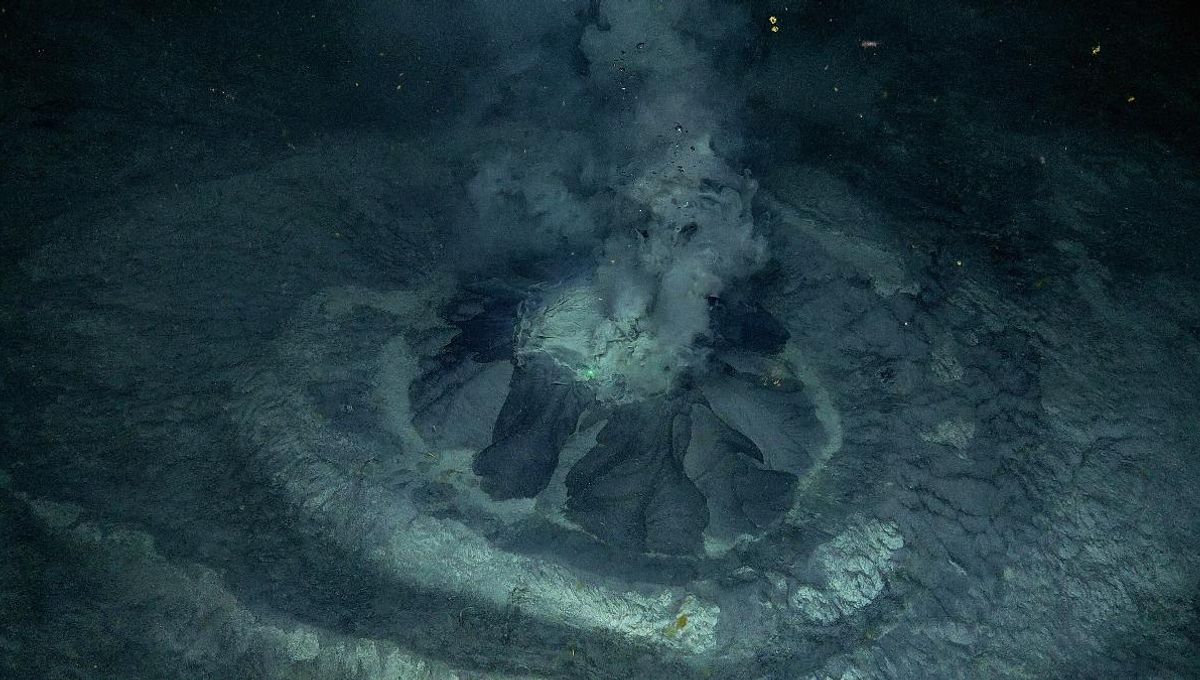
A new volcano has been discovered deep in the icy waters of the Barents Sea in the Norwegian Arctic. Remarkably, it’s active and can still be seen oozing a flurry of mud, liquid, and gas. By studying this newly found volcano and its spewed contents, scientists believe they might be able to catch some insights into the mysteries of Earth’s interior.
Named Borealis Mud Volcano, researchers from the University of Tromsø (UiT) – The Arctic University of Norway identified the volcano earlier this month at a depth of 400 meters (1,312 feet) in the Barents Sea, located above the northern coast of Norway.
In collaboration with REV Ocean, it was discovered with the help of a remote-controlled underwater vessel, named ROV Aurora, which was launched from the icebreaking polar research vessel RV Kronprins Haakon.
It’s just the second time a mud volcano has been discovered in the waters of Norway – and scientists are pretty excited.
“Seeing an underwater eruption in real time reminds me how ‘alive’ our planet is,” Professor Giuliana Panieri, expedition leader and principal researcher for the UiT project, said in a statement.
“We do not rule out the possibility of discovering other mud volcanoes in the Barents Sea. It is only thanks to good cooperation and advanced technology that we can make such discoveries,” continued Panieri.
The volcano is just 7 meters (22 feet) in diameter and 2.5 meters (8 feet) in height, located within a crater that is approximately 300 meters (984 feet) wide and 25 meters (82 feet) deep. It’s thought this crater was the result of a blast of methane that erupted shortly after the last Ice Age 18,000 years ago.
It may be small, but it’s a mighty one. The volcano spews out a cocktail of water, gas, and fine sediments that likely originate several hundred meters to a few kilometers beneath the seabed. As such, the researchers say the composition of this slurry could offer a “direct window” into the depths of Earth’s interior.
The submarine volcano is home to a unique ecosystem that includes sea anemones, sponges, carnivorous sponges, starfish, corals, sea spiders, and crustaceans, not to mention a host of bacteria.
“Exploring the seabed and discovering new methane insights is like finding hidden treasures. It is full of surprises. We have found thousands of such insights. Nevertheless, every time we go down to the seabed, we get the feeling that we have just begun to understand the great and incredible diversity of such insight systems,” explained Professor Stefan Buenz, who worked on the project.
Source Link: New Volcano Has Been Found Flinging Debris From Earth's Insides